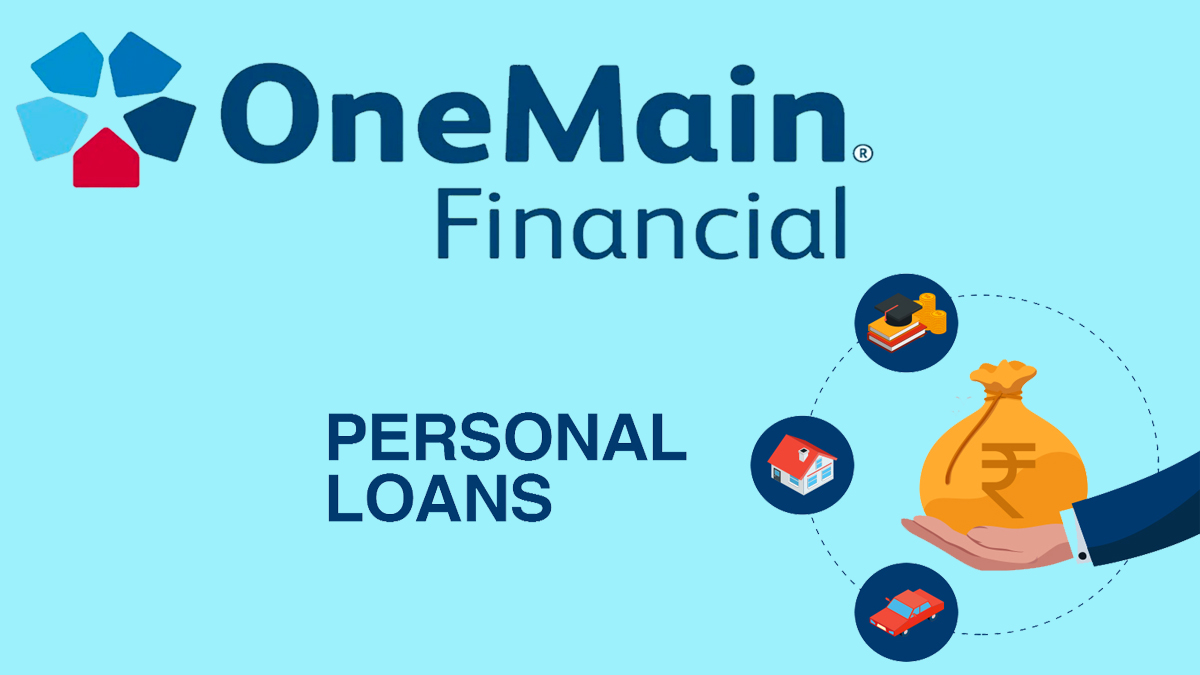There is no doubt that the world of real estate financing is divergent, and different mortgage products are provided to meet the various needs of borrowers and lenders. Among them is participation mortgage, which is a special option that is a mix of traditional lending with profit-sharing elements.

Nevertheless, in this article, you will learn about what participation mortgages are, how they operate, their requirements, the advantages and disadvantages they offer, and guidance on securing one. In addition, we will address some frequently asked questions related to participation mortgages.
What is a Participation Mortgage?
A participation mortgage is a type of loan that allows the lender to participate in the revenue generated by the property financed with the loan and receive interest payments. Therefore, the lender not only earns interest from the loan but also gets a share of the profits from the property.
These shares can be the proceeds from the property’s sale or rental income. Meanwhile, participation mortgages are usually found in high-value residential transactions and commercial real estate.
How Does It Work?
In a participation mortgage, the lender and borrower agree on specific terms that outline the lender’s participation in the income or profits generated by the property. This agreement goes above and beyond the basic interest payments made on the loan. The level of participation, which can be a fixed percentage or a variable rate depending on the property’s performance, is negotiated upfront.
The participation part begins to kick in after the property reaches a certain level of profitability or when specific benchmarks are met, as detailed in the loan agreement. This arrangement aligns the interests of the borrower and the lender, as both parties benefit from the success of the property.
Participation Mortgage Requirements
The requirements for getting a participation mortgage can be stricter than those for a standard mortgage. But this is because of the additional risk the lender faces when they invest in a property’s future performance.
Nonetheless, here are the requirements you will need to meet:
- A strong credit history and financial stability from the borrower.
- The property may need to meet certain criteria in terms of location, condition, and marketability.
- A higher down payment.
- Detailed financial projections for the property are needed to prove its potential profitability.
These are the basic requirements that you need to have or meet, although this factor is also affected by the lender as well.
Pros and Cons
Here are the advantages and disadvantages of a participation mortgage:
Pros
- Lower interest rates
- Shared risk
- Interest alignment
Cons
- Higher costs
- Complexity
- Profit sharing
How to Get a Participation Mortgage
Whether you are an investor or a borrower looking to obtain a participation mortgage, be prepared to come across different steps. What’s more, the application process for this mortgage type is different from a traditional mortgage because of its special structure and the collaboration of different parties. Nevertheless, the step-by-step guide you need to get to a participation mortgage will be listed below, so let’s begin:
• Research lenders
Begin by finding or searching for lenders that offer participation mortgages. These could be banks, credit unions, or private lending institutions. Besides, participation mortgages are usually found in commercial real estate, so focus more on searching for lenders with a strong portfolio in commercial lending.
• Make a strong proposal
Most lenders show interest in the viability and profitability of your real estate project, given the nature of participation mortgages. This is why you need to prepare a comprehensive proposal that includes detailed business plans, financial projections, and evidence of your experience in managing similar projects.
• Understand the terms
You need to make sure that you have an understanding of participation mortgage terms because they are very complex. This is especially true if it is related to how profits are shared and what will happen if the project does not go as planned. Thus, make sure you fully understand these terms, and it will be helpful if you consult with a financial advisor or attorney.
• Start the application process
Once you have chosen a lender, you can start submitting your application with all the necessary documentation, like your financial statements and business proposal, as well as other documents the lender requires. Get ready for a complete due diligence process by the lender.
• Negotiate
If you succeed in your application, you can start negotiating the terms of the mortgage agreement. This includes the loan duration, interest rates, profit-sharing ratios, and any conditions attached to the loan.
• Complete the agreement
Before agreeing, it is important that you review the final loan agreement carefully. This will help you make sure that it suits your expectations and needs. If you like it, you can proceed to sign the agreement to finalize the mortgage. Make sure you inform the other parties and keep communicating throughout the project.
FAQs
Can I get a participation mortgage for a residential property?
While less common, it’s possible, especially for high-value residential properties or investment properties.
What happens if the property doesn’t generate profit?
If the property doesn’t generate the expected profits, the lender still receives the agreed-upon interest payments but may not receive any additional profit participation.
Are participation mortgages more expensive than traditional mortgages?
To begin with, they might offer lower interest rates due to the profit-sharing aspect. However, if the property is very successful, the total cost might be higher over time.



